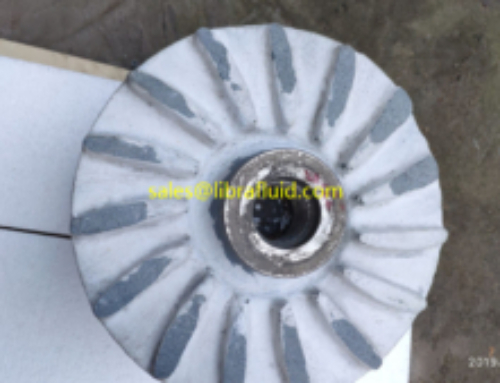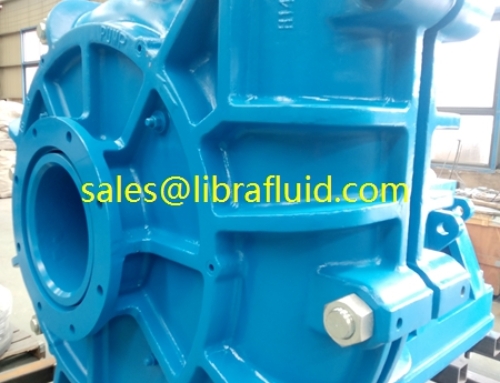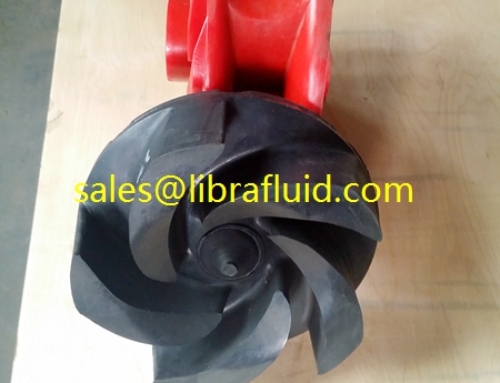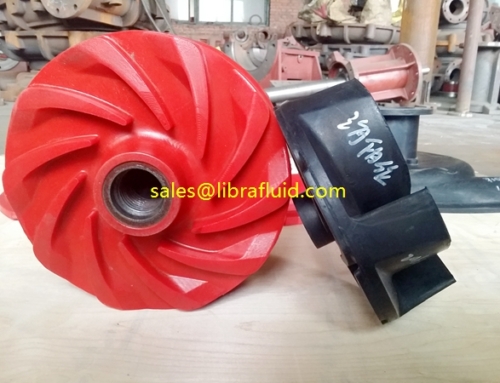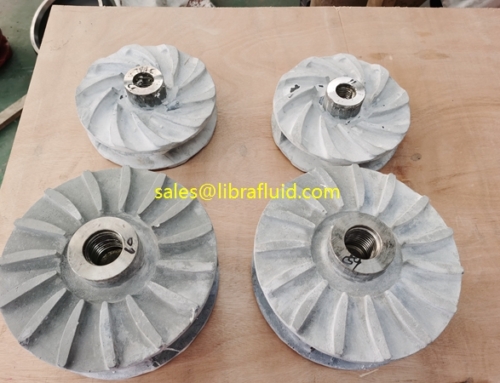It’s no easy task to size and select a slurry pump. Along with considering pump hydraulic and mechanical characteristics (which we won’t cover in this post, but would be happy to help you with), it has become vital to consider the impeller tip (or peripheral) speed, the impellers revolutions per minute (RPM) and how these elements have an effect on the wear of your slurry pump. We offer a few suggestions here on how to gauge a pump’s wear rate, based on tip speed, RPM and impeller size.
Slurry Pump Impeller Tip Speed and Pump Wear
One criterion that is commonly used to indicate you’ve selected the correct slurry pump is if the impeller tip (or peripheral) speed is below the maximum allowable tip speed, which is based on the class of slurry being pumped, and the impeller material.
It is definitely important to note that a pump’s wear rate is associated with the impeller tip speed, but that it’s more accurately connected with the impeller revolutions per minute (rpm).
Here’s a basic formula to help remember the relationship between a pumps wear rate and the impeller rpm: Pump Wear Rate ≈ rpm3
Case Study: Different Sized Impellers with Identical Tip Speeds with Different Resistance to Wear
To illustrate this a little further, we might look at two different sized impellers: one is Ø12” and the other is Ø24”. Let’s say they have identical tip speeds, but as you will discover drastically different resistance to wear when pumping abrasive slurry.
Here’s how it works (again using a simple formula):
| Slurry Class: 3 Impeller Material: Metal | ||
| D (Impeller Ø) | Max Impeller Tip Speed | N (Impeller RPM) |
| 12” (305mm) | 108 ft/s (33 m/s) | 2063 |
| 24” (610mm) | 108 ft/s (33 m/s) | 1032 |
Looking at this example, you can hopefully see that–according to the Pump Wear Rate formula I included above–the Ø24” impeller that’s operating at 1032rpm will last about eight times as long as the Ø12 impeller operating at 2063rpm, even though the two impellers have identical tip speeds.
Clearly, from this example, the second (Ø24”) impeller is one to go with. You can play around with the formula–it’s reliable. But if you have any questions at all, we’re always here to help.

